
views
Preparing to Redeem Your Savings Bonds

Make sure the bond is eligible for redemption. You can redeem EE, E, and I savings bonds 12 months after you purchase them. However, you will pay penalties and lose accrued interest if you redeem them before they fully mature. Redeeming an I or EE bond before it is 5 years old will result in the loss of the last 3 months of accrued interest. I and EE bonds earn interest for 30 years if you don't redeem them. All bonds are guaranteed at least their face value by 20 years.
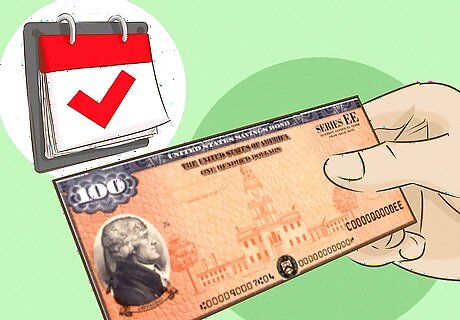
Redeem the bond at the correct time of year. If you are cashing in a savings bond issued in April 1997 or earlier, then you need to redeem it in the correct time of year to make sure you don't lose interest. These bonds accrue interest every 6 months, so if you redeem it near the end of the 6 month period, you will lose that 6 month period's interest. Determine which month the bond was issued in. Redeem the bond in that month or 6 months from the issue month. For example, if your bond was issued in January, you want to redeem the bond in January or July. If the bond was issued in October, you want to redeem it in either October or April.
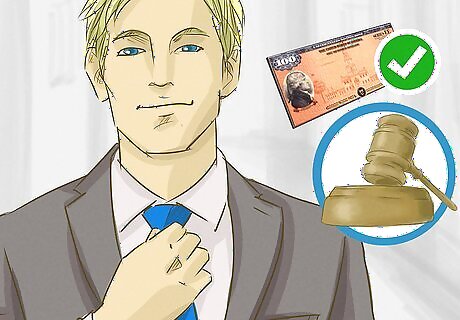
Determine if you are eligible to redeem the bond. To redeem a savings bond, you must be the owner, co-owner, or entitled individual. An entitled individual includes someone with Power of Attorney or a Legal Guardian. If you are a beneficiary for someone deceased, you must bring a death certificate to provide proof you can cash the bond. If you are a parent or guardian, you must bring a birth certificate or other identification materials if you wish to cash the bond for your child. An owner or co-owner can cash the bond without the knowledge of the other person.
Redeeming Your Savings Bond

Visit your local bank. Go to your local bank to redeem your savings bond. If you are a customer, you may only have to have an active account and proper identification. If you are not a member of the bank, the bank may not redeem the bonds, or they might place restrictions on them, like limiting the amount they will cash. Contact your bank before redeeming them. Find out if they redeem savings bonds, what their dollar limit is, and what documents you need to redeem the bonds. If the bank won't redeem your bonds, try the Federal Reserve Bank. You can do this electronically or by mail.
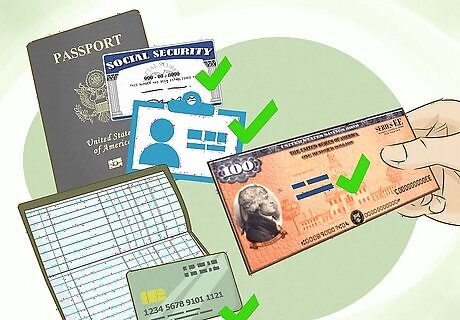
Have the proper identification. Bring proper identification, such as a driver's license or a social security card. When redeeming the bond at your bank, the name on the bond, the name on your account, and the name on your identification need to match. You may have to have an account at the bank for at least 6 months. If you do not have an account, you will have to show a photo ID and provide a signature. You can also have an identifier take you to his bank where he has had an account for 6 months. The person with the account must have a legitimate connection to the person cashing the bond. For example, it cannot be landlord-tenant or a patron from a business. You both will be required to give name and address, relationship, and length of acquaintance. You will have to sign the "Request for Payment" section of the bond. Your signature will have to match the signature on file. If you are at the bank with someone with an account, he will have to sign the "Request for Payment." The bank will write your account number on the back of the bond. They may also write the type of identification or your address on the back.
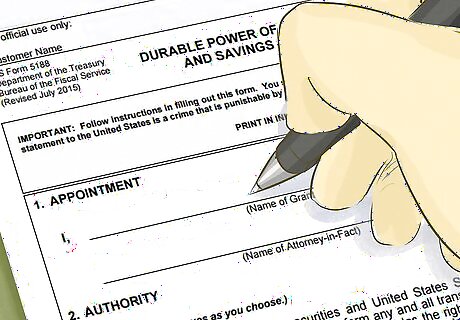
Fill out a Power of Attorney form if you need to. If you are in a situation where the owner of the bond needs a Power of Attorney, such as the owner of the bond is in the hospital or home-bound, you can fill out the Power of Attorney form (PD F 5188). This form authorizes the person whose name is on the form to sell or cash the bonds. Another way to do this is to submit a certified copy of the power of attorney to the bank. The Power of Attorney document must state explicitly that you can cash the savings bonds. The document must be notarized. If you do this, only a Federal Reserve Bank can cash the bonds. This form is located through the Treasury Department website.
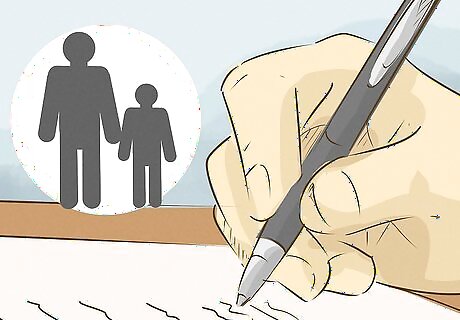
Put in writing the child is too young to cash if cashing for a minor. If you are the parent of a child too young to sign the request form, you must provide proper identification that you are the parent. On the back of the bond, you will enter something like this: I certify that I am the parent of John Doe with whom John Doe resides/to whom legal custody has been granted. He is 3 years old and is not of sufficient understanding to make this request. Nick Doe on behalf of John Doe. If a child is old enough to sign his or her own name, they can go to the bank and sign the bonds while accompanied by an adult.

Redeem the bonds electronically. To redeem your bonds electronically, go to the United States Treasury online marketplace, TreasuryDirect.gov. TreasuryDirect.gov gives individuals the ability to redeem their electronic savings bonds online and transfer the proceeds to a bank account. You may also request a check for the proceeds. TreasuryDirect.gov also provides a service which allows you to convert your savings bond certificates into electronic savings bonds for easier filing and tracking. This will relieve you of the burden of storing your certificates. It makes redeeming bonds significantly easier.
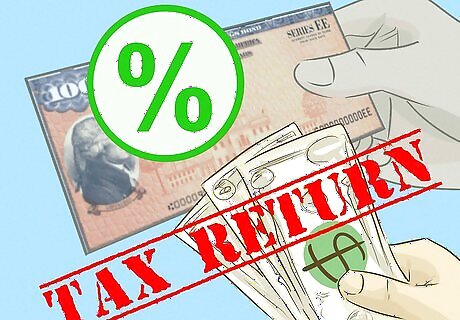
Claim earned interest on your tax return. Savings bonds earn interest during each year of ownership. For Series E/EE bonds, there is a choice for how to report interest as taxable income. Interest can be reported every year, but if this is done for one year, it must be reported every year until it reaches final maturity or until the bond is redeemed, whichever comes first. Otherwise taxes on all interest can be deferred completely until either the bond reaches final maturity or the bond is redeemed, whichever comes first. That means that taxes on accrued bond interest may be due before the bond is redeemed. Interest is reportable as taxable income on line 8a of the federal Form 1040.




















Comments
0 comment